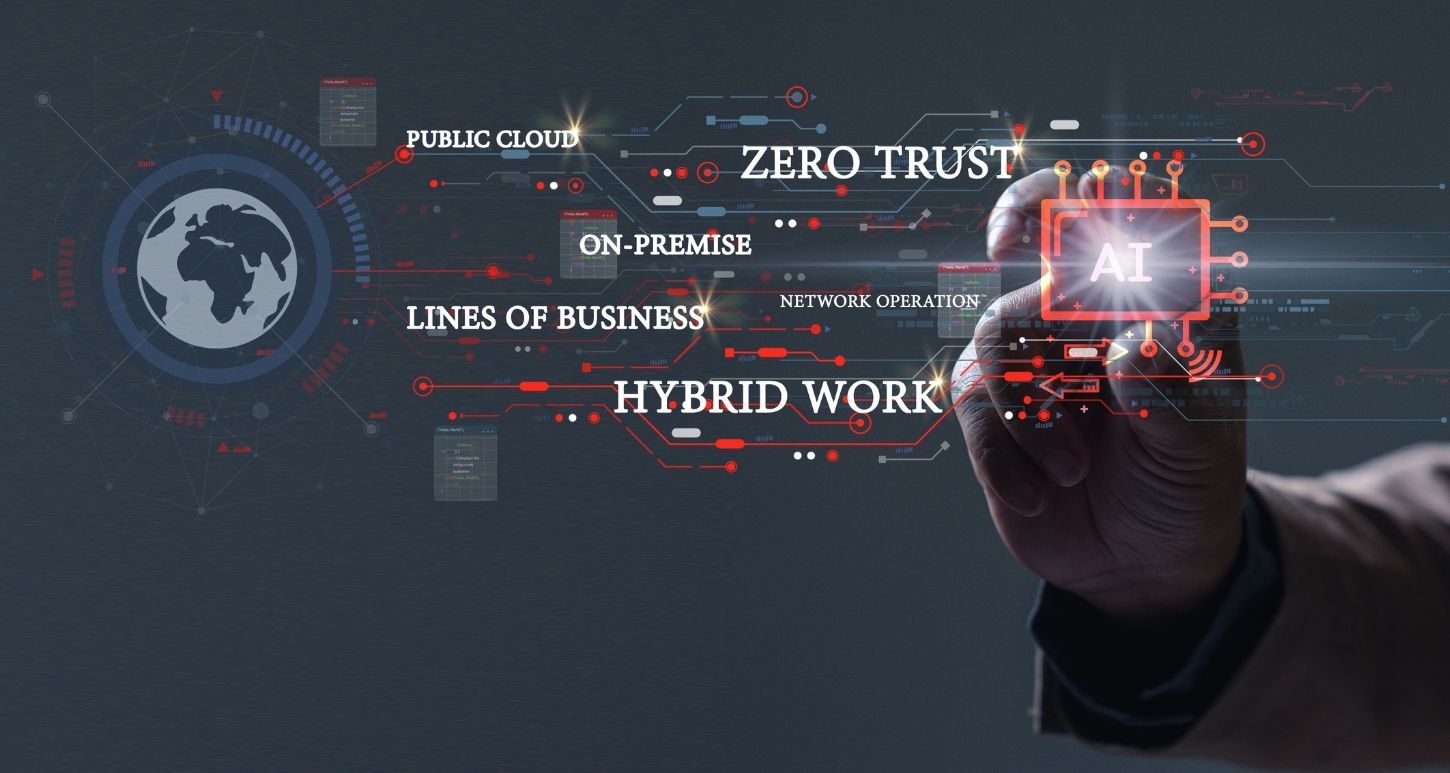By Richard Arneson
You won’t find its definition in Merriam-Webster, The Oxford English Dictionary or at Dictionary.com. But if you’re in the IT industry, it’s a term you’ve either heard or will be hearing a lot about soon. Why? Because Tetration is what Cisco has named its robust analytics platform. In case you’re wondering, tetration (the word, not Cisco’s platform) is the fourth order of iterated exponentiation (gulp), which, in short, means an ability to process huge volumes of data and, based on that, provide usable, meaningful results. Huge amounts of data delivering usable, meaningful results―yes, the word tetration perfectly describes Cisco’s analytics platform.
Addressing the limitations of perimeter-based security
Cisco Tetration comprehensively addresses a very complex environment―multi-cloud data centers and their respective applications’ workloads. Perimeter-based security falls short of protecting multi-cloud data centers and those applications. Tetration addresses just that, providing workload protection using zero-trust segmentation, which is an industry-wide security philosophy centered around the belief that nothing should be automatically trusted, and everything must be verified.
With Cisco Tetration, customers can identify security incidents faster, and, as a result, reduce their company’s attack surface. While being infrastructure-agnostic and capable of supporting on-premises and public cloud workloads, Tetration enables data center security to be adaptive, attainable and effective.
Tetration is part of Cisco’s portfolio of security products, the others being Application Centric Infrastructure (ACI), Stealthwatch and its Firepower Next Gen Firewalls.
How Whitelisting and Segmentation are addressed in Cisco Tetration
Whitelisting
Whitelisting refers to applications that have been approved (yes, it’s the opposite of blacklisting). Cisco Tetration automates whitelisting policies based on the dependency, communication and behavior of applications. It keeps an inventory of software packages (including associated versions) and baselines processes, after which it looks for any behavioral anomalies. Cisco Tetration constantly inventories the applications and maintains information about any exposures specifically related to them.
Segmentation
Once whitelisting policies have been automatically applied, those whitelisted applications are segmented across different domains, regardless of infrastructure type, such as on-prem or cloud-based. So if a cyber attacker has penetrated perimeter-based security, the segmenting of applications prevents lateral movement and communication once inside your network. Segmentation allows users to only access specific resources, which helps better detect suspicious behaviors or patterns. If there is a breach, segmentation limits its ill-effects to a local, much smaller subnet.
The Meaning of Cisco Tetration
While you won’t find Cisco Tetration in any of the aforementioned dictionaries, here’s a quick, bulleted summary about what it provides to customers:
- Quick detection of suspicious application activities and anomalies
- Dramatic reductions in attack surface
- An automated zero-trust security model
- Workload protection across on-prem and cloud data centers
Security Experts
GDT’s team of security professionals and analysts have been protecting, from their state-of-the-art Security Operations Center (SOC), the networks of some of the most notable enterprises and service providers in the world. You can reach them at SOC@gdt.com. They’d love to hear from you.



